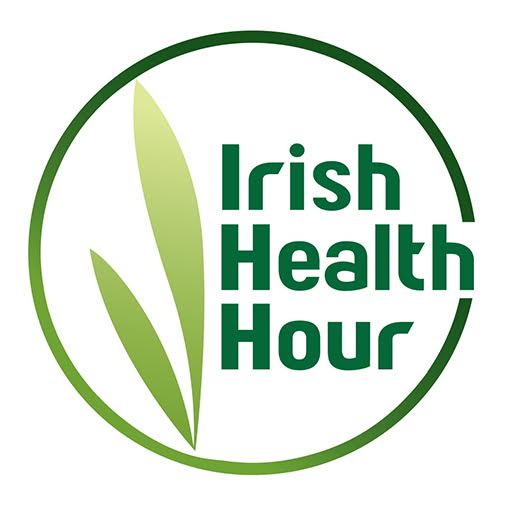How to Get Rid of Nits for Good! – A Pharmacist’s Top Tips
Going back to school can fill many parents with dread because of the usual risk of their child getting head lice for the umpteenth time. And if you have several children it’s even more work to try and get rid of them. However there are some really effective ways to treat this common problem – pharmacist and parent, Daniel Brash gives his tried and tested top tips.
"It has been estimated that between 10% and 20% of UK children have head lice at any one time, according to a survey by Hedrin,” says pharmacist Daniel Brash. “As they're so common it's nothing to feel embarrassed about. Head lice are no reflection on the cleanliness of your child – lice aren’t choosy, as long as there’s hair they’ll want to live there.”
“One of the most important things to do is to ensure that lice are detected early and the most appropriate treatment is used. Some common issues involved in treating head lice include:
• Resistance to insecticides; a study in the USA in 2016 has demonstrated that 98% of head lice are resistant to pyrethrins and permethrins*, the main ingredients of insecticidal OTC treatments.
• Lack of a co-ordinated approach; some members of a school class or group are treated while others are not, leading to a continual cycle of head lice.
• Incorrect application of treatment shampoos or lotions; insufficient quantity, not left on the hair long enough, or parts of the hair or scalp are not covered.
• Due to the ongoing cost, some parents fail to carry out any treatment.”
“Here are my top tips on what you can do to help:
• Check your child's hair regularly for head lice; spotting them early means you can treat them more effectively.
• Treat as soon as you see any live lice, hopefully before they get the opportunity to lay eggs.
• If you detect lice, advise the school and friends so they can check if any children need treating.
• Insecticides are generally not recommended now, since they encourage resistance.
• Non-pesticide lotions and shampoos such as Hedrin, Lyclear lotion, or Full Marks Solution are thought to be effective in 80-90% of cases.
• Physical removal with combs, such as the wet-combing technique alongside conditioner works well.
• Battery operated combs have been around for a number of years, and as it is combed through the hair the comb passes a small current through the metal teeth which electrocutes the head lice painlessly.
• A new innovation is the electric Licetec V-Comb which acts as a comb and vacuum to remove both lice and eggs into a capture filter which is illuminated so you can see the results. The filter is then replaced hygienically, and the comb is ready for the next outbreak. It may have a higher initial outlay but it can be used over and over again. It even treats resistant lice, and is free from chemicals or allergens. It isn't painful or uncomfortable, and can be used daily as needed.”
The Licetec V-Comb Electrical Lice Comb retails at £39.98
About the Author
Daniel Brash BPharm MRPharmS has been a practising pharmacist since 1995, and is a co-director of Pharmcare Ltd with a community pharmacy in Horsforth, Leeds. He is also the managing director of Healthcare4all , an online company supplying the public and NHS organisations with medical devices.

